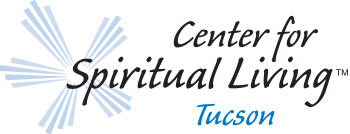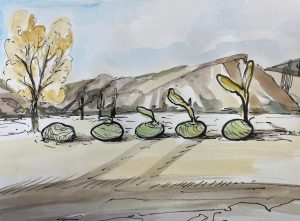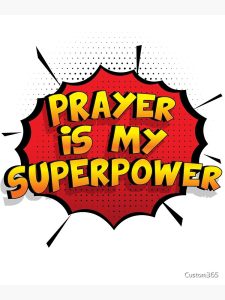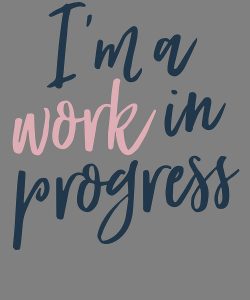Spiritual Bypass by Linda Bullock
 “The extent to which I need to present myself as being just fine in all circumstances is the extent to which I am going to experience much more anxiety. Fear expressed allows relief.” Anne Lamott
“The extent to which I need to present myself as being just fine in all circumstances is the extent to which I am going to experience much more anxiety. Fear expressed allows relief.” Anne Lamott
The term “spiritual bypassing” was coined by the Buddhist teacher and psychotherapist John Wellwood. He describes the concept as “trying to rise above the raw and messy side of our humanness before we have fully faced and made peace with it….a tendency to use spiritual ideas and practices to sidestep or avoid facing unresolved emotional issues, psychological wounds, and unfinished developmental tasks.”
According to Melissa Noel Renzi, “We all have parts of ourselves we’d rather not look at, so we deny or push them aside. When we bury these aspects in the subconscious rather than resolve and integrate them, they often take on dysfunctional roles and behaviors that prevent healing and cause harm to ourselves and relationships.“ I have heard the phrase ‘you have to feel it to heal it.’ This concept applies and overlaps somewhat with the Shadow.
Jeff Foster writes, “Feel the grief, the anger, the terror that’s lurking inside. Feel it and process it and validate it and give it expression in a healthy way….We can’t skip to en-lightenment without en-lightening ALL our parts….I used to believe enlightenment was a transcendent state, free from sadness, free from anger, free from doubt. That was my spiritual ego, the part of me that wanted to be special, that wanted to escape, that wanted to be superior and safe.”
I was around New Thought for years with reluctance and half-hearted practice of the teachings. I eventually became aware of unresolved feelings of shame and guilt, held over from my religious beliefs from childhood of a punishing God. I lacked the feeling of worthiness necessary to accept the Good. Action was necessary to shift my perspective; I had to feel the grief and the anger in order to forgive myself.
I heard a psychologist who wrote a book of affirmations state that if we haven’t done our internal work and lack self-esteem our ‘affirmations can be like putting icing on a rotten cake.’ This calls to mind the comments we sometimes make to people who have lost a loved one. Comments such as ‘they’re in a better place’ reflect that we get uncomfortable when others are experiencing grief and want to make a quick statement that sounds spiritually wise and move away from the presence of pain and loss. This can also be described as toxic positivity.
Methods to avoid spiritual bypassing and toxic positivity include meditation which helps us become more aware of our thoughts, emotions, and patterns of behavior. We are encouraged to develop the skill of compassionate self-reflection as the first step in initiating real change. We all have blind spots that we cannot see. Relationships offer us a good opportunity to observe how our behaviors affect others and to pay attention to feedback. We can work on extending empathy to others.
According to Parker J. Palmer, “The question, ‘what’s life trying to teach me about myself and my world?’ has helped me find meaning amid the madness and tragedy that sometimes engulf our personal, professional, or political lives.”
–Linda Bullock













